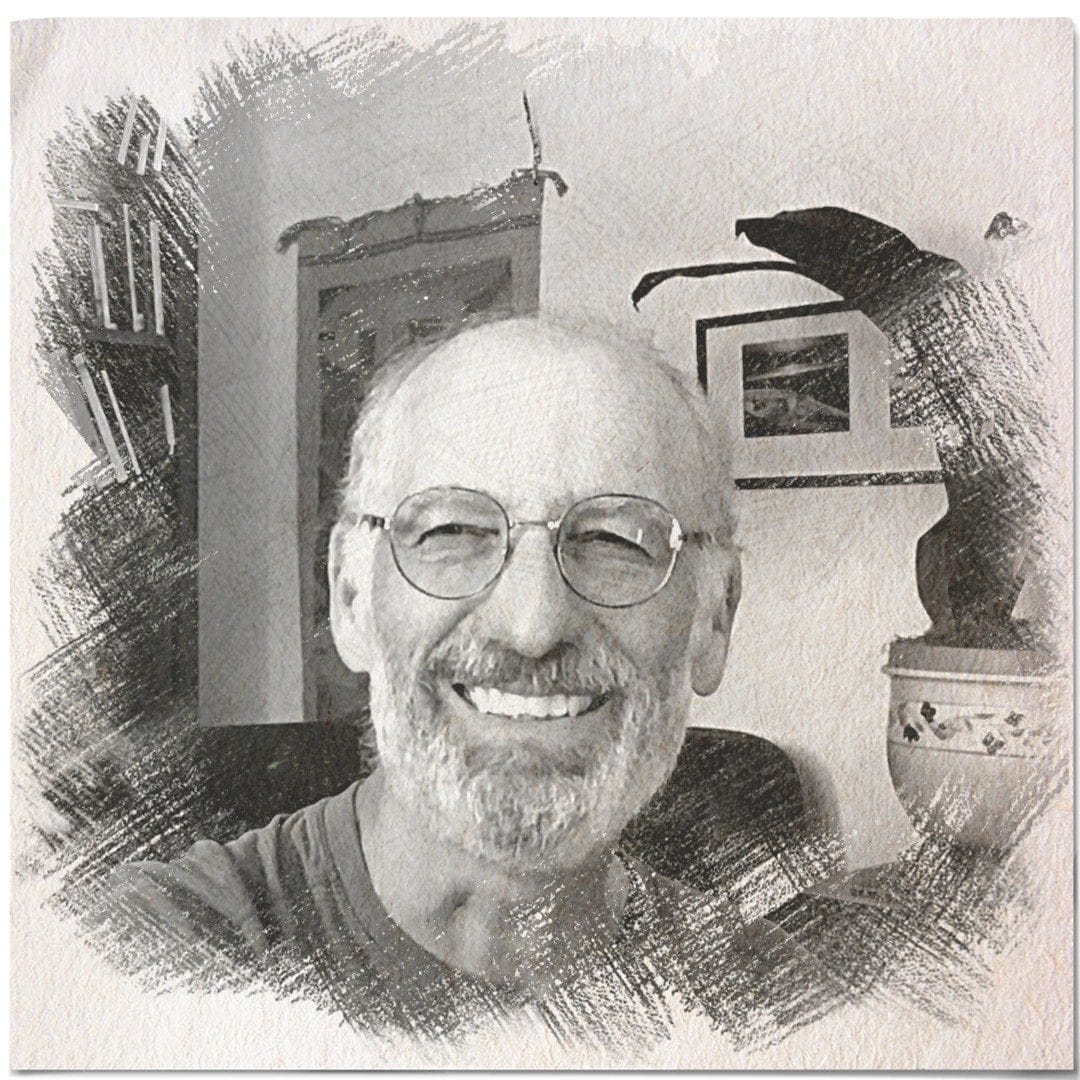Why Meditate? 5 Great Reasons

Meditation has many amazing benefits. Here are 5:
- To reduce stress and loneliness
- To invite “in” health and healing benefits
- To bypass the mind’s constant chatter
- To make direct contact with the Divine
- To welcome our Soul’s participation in our lives
Have you ever wondered why people meditate? This post will discuss each of these reasons in detail and will outline the various forms of meditation that can be used.
1. Meditate To Reduce Stress and Loneliness
Buddha famously said that “Life is suffering”, referring to the difficulties we all face on Planet Earth, a beautiful place, while living in an amazingly complicated biomechanical vehicle that has to be fed, clothed, housed and cared for. We all do our best to try and manipulate our world to create the best conditions for ourselves, given our circumstances. Which include having to deal with other humans (and all of their faults), working, sitting in traffic, caring for our kids if we have them, laughing, crying and breathing.
Most of us have multiple mental, physical, emotional, financial, and spiritual issues which almost nobody else can really understand but which requires our attention. Therefore, to some degree we worry and have concerns over some or all of these things.
It’s no wonder we frequently feel stressed out and end up running on a lot of adrenaline, which produces inflammation, the source of many body ailments. Sometimes the stress seems overwhelming, and it sometimes makes us sick. Add to that the feeling that over 50% of our fellow humans’ reports feeling these days, lonely and unhappy, and the whole mixture makes for a life of suffering. Meditation helps.
2. Meditate to invite “In” the Health and Healing Benefits Science Says Exists
Meditation has been studied extensively in recent years by the scientific community, and the research shows that meditation can be beneficial. In a way that, according to Wikipedia, positively effects over 3000 conditions and ailments, including stress and loneliness, heart disease and high blood pressure. In my new book, The Many Benefits of Meditation, I summarize a number of the amazing findings, including links to a number of studies of a number of conditions and diseases.
Of course, to take advantages of these benefits we have to meditate, and according to one study, the more the better. Just like eating your vegetables. In addition to summarizing the findings, I offer my conclusions about why meditation works the way it does. One reason is that meditating not only stops the mind from making its usual rounds (and around and around) but stops, or at least helps to slow, the loop effect of a disease.
Often when a disease begins to take hold, it causes other symptoms, causes stress, and builds momentum toward a worse outcome. Meditation, regularly applied, interrupts this loop. Not to say that meditation is a miracle cure, but, according to the science, when done in conjunction with other more traditional treatments meditation can enhance the traditional treatment’s effects.
In addition, meditation can raise the vibratory rate of the person struck by a dis-ease. Thereby improving the body’s immune response to a human condition. And can return the body to its normal tendency toward good health.
I was amazed when I looked at the research. Not only because of the substantial number of high-quality studies that have been done, especially by noted researcher Jon Kabat-Zinn, but also because of the breadth and depth of the benefits uncovered. It would appear that a prescription for a regimen of meditation might be a good one for almost every traditional treatment given for an ailment.
That it is helpful in so many cases would lend itself to common use. Doing so invites “in” the health and healing benefits that meditation often brings.
3. Meditate to Bypass the Mind’s Constant Chatter
Thoughts just seem to flow in from who knows where and flow out again. A constant stream of commentary on the ever changing concerns we all have. And ruminations on the past as well as attempts to divine the future, so as to shape it to our liking. In addition, our minds creates observations and speculations about the immediate moment and what things mean all dominate the mind’s thoughts.
One of the benefits of meditation is to quieten the mind in order to find a Place of Peace that the restless mind seldom allows to happen.
Siddhartha Gautama Buddha, the one most people think of as the Buddha, in his first sermon, after his famous evening under a Bodhi tree, said “This (understanding of cosmic law and order, Enlightenment) that I have attained is profound, hard to see and hard to understand, peaceful and sublime, unattainable by mere reasoning, subtle, to be experienced by the wise.
He found a way to be peaceful and sublime through meditation, bypassing the mind’s constant chatter.
4. Meditate to Make Direct Contact with the Divine
One of the key teachings from our Master Teachers is that there is an intelligent, unifying force in the Universe (Spirit, God, Divine Intelligence). And that this force resides inside of us. Meditation is one of the ways used by many spiritual traditions to get in touch that force that lies within and is one way to have direct contact with the Divine.
‘Spirit Within’ has been taught for thousands of years, well before there was a system for writing the teachings down, and continues to be taught today. Here are a few examples. For millennia Hindus have acknowledged each other with the greeting “Namaste”, meaning “The Divine in Me Salutes the Divine in You!”. One commentator expanded upon in this way “I honor the Spirit in you, which is also in me. I salute the God within you.”
Lau Tzu, or Laozi, in the first lines of the Tao Te Ching, states that the Tao, God, Spirit which we all have access to is nameless, goes beyond distinctions, and transcends language: The Tao that can be spoken is not the eternal Tao.
Responding to a question from the Pharisees about when the Kingdom of God would come, Jesus of Nazareth said, “The kingdom of God does not come with observation; nor will they say, ‘See here!’ or ‘See there!’ For indeed, the kingdom of God is within you.
Carl Jung said it this way, “Who looks outside, dreams; who looks inside, awakes.”
5. Meditate to Welcome Spirit’s Participation in Our Lives
One answer to the question, “Why meditate?” then, is that meditation can be used to get in touch with this “One Spirit”mentioned above and grow, and evolve us into beings of Higher Consciousness–making it possible for us to live from a state of greater awareness, of Oneness. Then we can live as the Master Teachers did, with magnificence, as bearers of unconditional love and wisdom, illumined with the Light of the Spirit of the All, and worthy of receiving “all that will be added” to us.
Spirit awaits at all times for us to turn our attention toward it. Unfortunately, we are all so inundated with external circumstances and chatter of our minds that we are unable to experience a quiet state of mind that allows Spirit to flow in. Meditation helps because it facilitates the development of that quiet state of mind, if only for a moment at first, but with increasing frequency and duration the more we do it.
Our individualized Spirit, our Soul or personal Higher Consciousness, wants the best for us and will encourage us, if we let it, to grow and evolve. And will even help us elevate our vibratory rate to attract good things, people, and circumstances into our lives.
I became most familiar with my own Higher Consciousness, my “HiC” as I affectionately refer to that part of myself, when I was fired from a responsible leadership position for shedding light on the mismanagement of my agency by my supervisor. I dove deep into my meditation practice and found myself, as I wrote for therapeutic reasons, sensing a Presence surrounding me, encouraging to pursue this healing activity. Together “we” have written my books and launched my new career as an author.
What Kind of Meditation?
This is where it gets interesting to me. Fundamentally there are two types of meditation. The first type is “Sit down” meditation in which the meditator sits in a chair or on the floor and follows a process that, when done properly and over a long enough period of time that our minds begin to relinquish some of its tight grip on our persona.
The other type is “mindfulness meditation” (see Chapter 1 in my soon to be released book entitled Six Second Mindfulness Meditation in which the user takes only a short period of time to follow a process that might only take a minute, but interrupts our mind’s momentum, and creates a moment of peace.
There are many types of “sit down” meditation processes, whether they be self-managed or guided, done silently or using a chant, that have, as the end goal, mind training. The assumption being that the mind is a bit of a wild horse that needs to be tamed. This can be a somewhat difficult and lengthy process since the mind usually does not want to be trained and resists the notion of giving up its central role in the human personality to nothing. Or the moment of no thing, no thinking,
Years of such training is often required, although some the benefit can begin to be realized pretty quickly by a diligent practitioner using a skillful process. From my perspective, that doesn’t have to be. My own sit-down meditation process (see Chapter 5 in my new book) has as its goal not mind training, but going directly to the state of mind that is most beneficial—Illumination. The Illumination of the state of Mind of the practitioner by following this simple new process called Higher Consciousness Meditation.
This is what my new book (Higher Consciousness Meditation available at Amazon Kindle) is about: a simple but effective 5 minute “sit down” meditation technique, as well as some new “mindfulness meditations” along with a few of the traditional tried and true ones. All for the purpose of Illumination. This is method is easier and requires much less time to get to that State of Awareness where the benefits of meditation can be realized.
What do you think? Do these benefits seem attainable? Have you been using such techniques? Can you share your experience below in the Comments section?




0 Comments